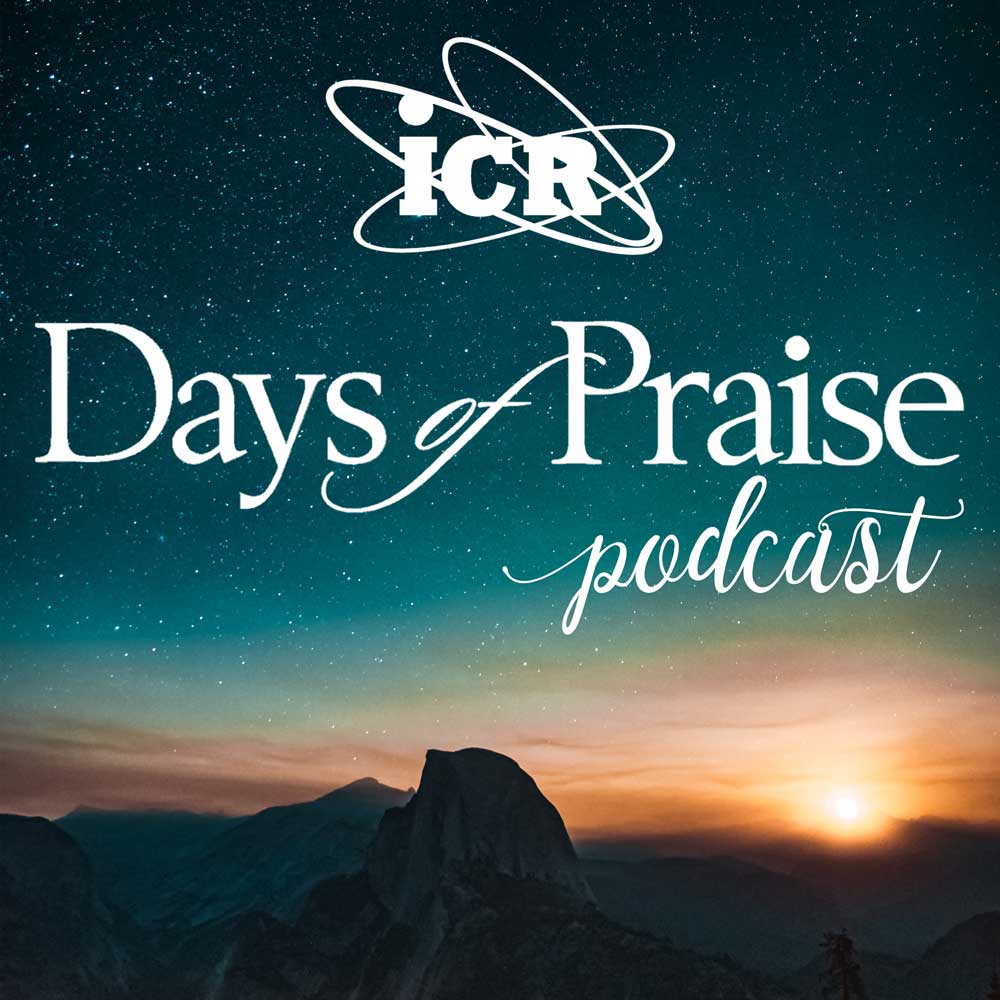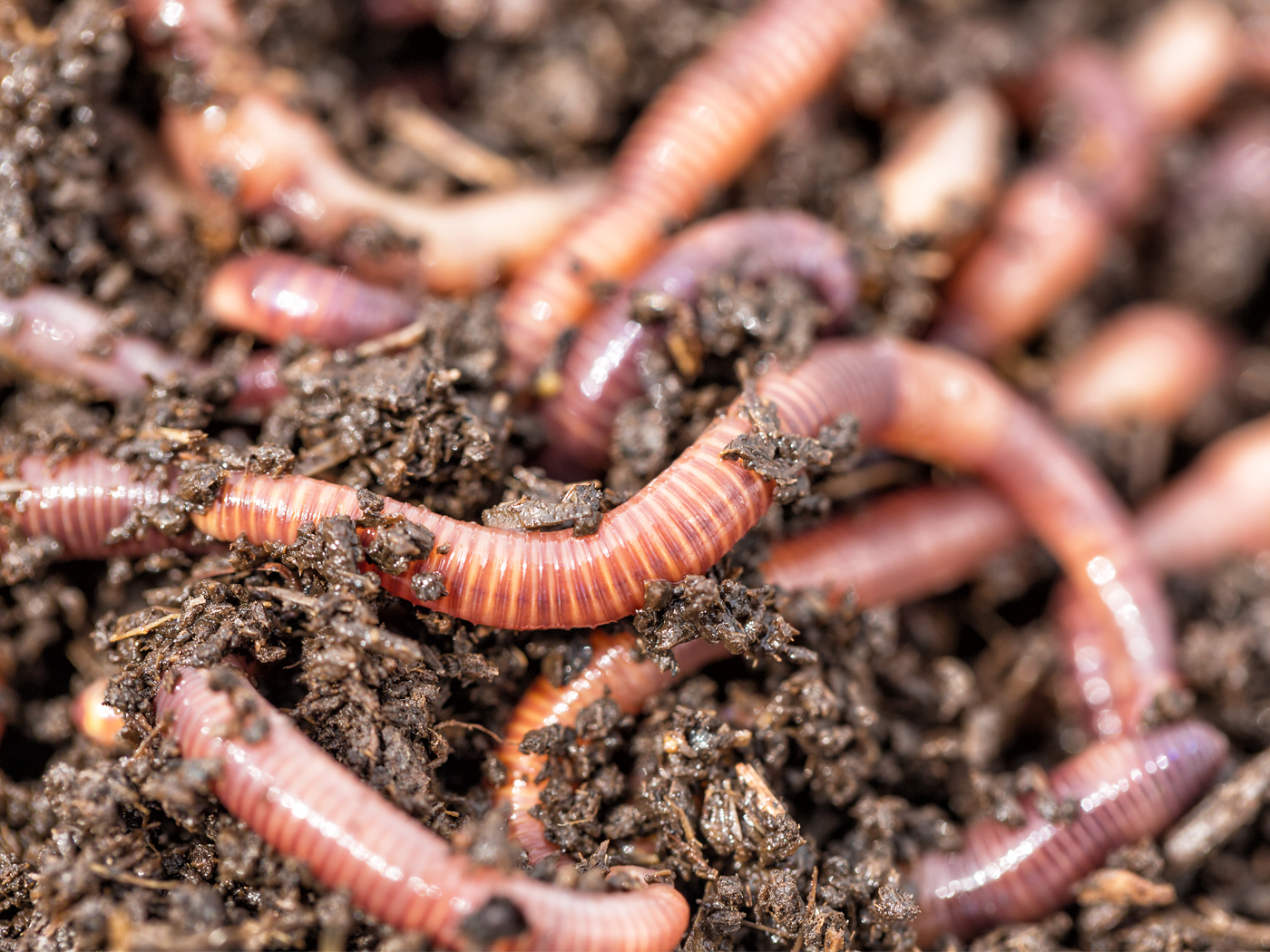“Praise ye the LORD. Praise the LORD, O my soul.” (Psalm 146:1)
Each of the last five psalms (146–150) begins and ends with “Praise ye the LORD”—i.e., “Hallelujah.” They comprise a sort of “Hallelujah Chorus”: a grand epilogue to the five books that make up the complete book of Psalms.
Each of these five books also ends in a doxology. Note:
Book 1: “Blessed be the LORD God of Israel from everlasting, and to everlasting. Amen, and Amen” (Psalm 41:13).
Book 2: “And blessed be his glorious name for ever: and let the whole earth be filled with his glory; Amen, and Amen” (Psalm 72:19).
Book 3: “Blessed be the LORD for evermore. Amen, and Amen” (Psalm 89:52).
Book 4: “Blessed be the LORD God of Israel from everlasting to everlasting: and let all the people say, Amen. Praise ye the Lord” (Psalm 106:48).
Book 5: “My mouth shall speak the praise of the LORD: and let all flesh bless his holy name for ever and ever” (Psalm 145:21).
It is interesting, even if coincidental, that these five final praise psalms—all thanking God for past deliverances and the promise of an eternal future—contain a total of 153 verses. This is the same as the number of great fishes caught in a strong net by the disciples after Christ’s resurrection, symbolizing their going forth to fish for men in all nations, bringing them safe to the eternal shores of glory (John 21:10).
Then come the last five songs with their 10 cries of “Hallelujah!” In the New Testament, “Hallelujah” (or “Alleluia”) occurs only in the setting of the victorious marriage supper of the Lamb (Revelation 19:1-6). This suggests that these “Hallelujah Psalms” may be sung by the redeemed multitudes as they gather at His throne in heaven. HMM
 Days of Praise Podcast is a podcast based on the Institute for Creation Research quarterly print devotional, Days of Praise. Start your day with devotional readings written by Dr. Henry Morris, Dr. Henry Morris III, and Dr. John Morris to strengthen and encourage you in your Christian faith.
Days of Praise Podcast is a podcast based on the Institute for Creation Research quarterly print devotional, Days of Praise. Start your day with devotional readings written by Dr. Henry Morris, Dr. Henry Morris III, and Dr. John Morris to strengthen and encourage you in your Christian faith.

















